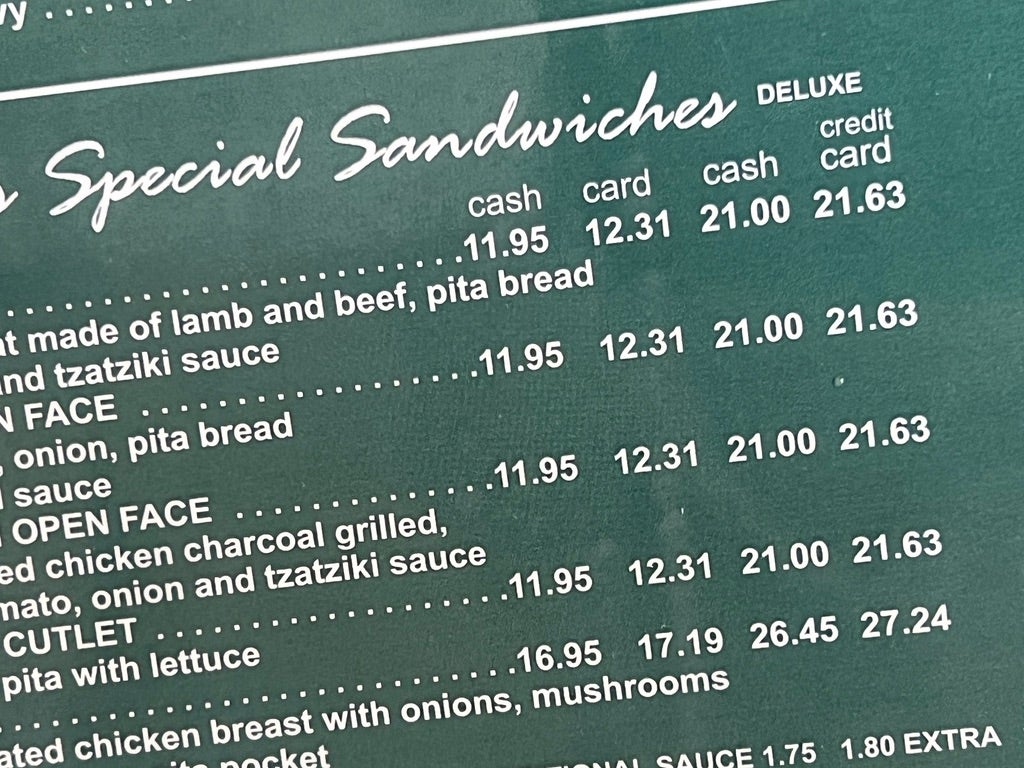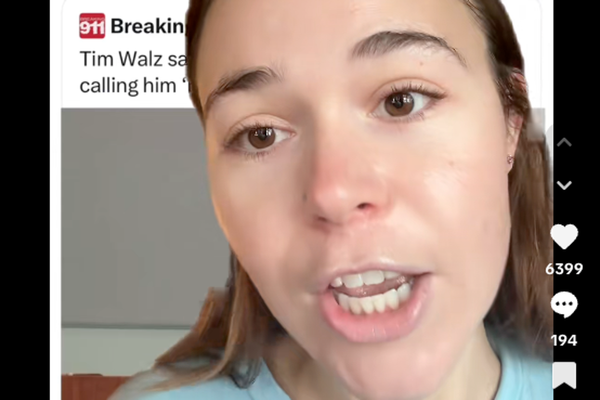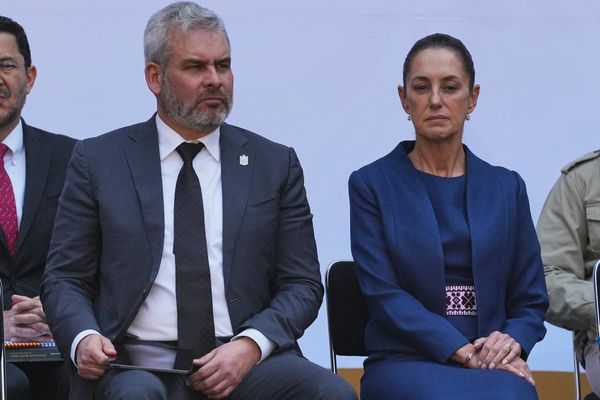
As tourists in the United States contend with high prices and an extreme tipping culture, another unexpected cost in the billing area has emerged: hefty credit card surcharges.
During a five-day trip through Long Island, business after business imposed significant fees for paying with plastic. Others insisted on payment in cash – in the very nation that invented credit cards 75 years ago.
Visitors to the US in the coming summer will need to take reserves of dollars in cash or accept a typical price hike of 3 or 4 per cent on meals, accommodation and other tourist services.
The main driver of the surcharges appears to be the percentage deducted from the business’s revenue by the financial institution.
Credit card issuers in the US vie to attract new members with increasingly generous incentives. These rewards are funded by the cut they take from transactions.
In the UK and EU, the “interchange fee” that card firms may charge is capped at 0.3 per cent. But in the US, the only limit to commission is what the market will bear. In New York State at least, it appears a tipping point has been reached.
Sometimes the arrangement is described as a “cash discount incentive”.
A bicycle rental firm in Montauk displays a notice by the till reading: “This business has a cash discount incentive of 3.5 per cent. All goods and services are priced for cash payment. Purchases made with a credit card will receive a small non-cash adjustment, which will be displayed on your receipt.”
Along the street, a busy and successful diner now insists on payment in cash.
Further east in Oyster Bay, another diner has doubled the complexity of its menu by listing cash and credit card prices, with the latter showing a 3 per cent surcharge. A local garden centre applies a 3.5 per cent fee, shown on stickers with dual pricing.

In these examples traders are upfront about the fee. But nearby motel simply adds a 2.99 per cent credit card surcharge to the quoted rate without warning the customer.
While debit cards are supposed to be charge-free, it appears that some businesses surcharge any plastic.
With sales tax and a minimum 18 per cent tip added to the cost of a meal out, a credit card surcharge of 4 per cent can push the extras above 30 per cent – to the point where the price quoted on menus in dollars will represent the final cost to the traveller in pounds sterling.
Closer to New York City, the surcharge habit has been picked up by convenience stores – which typically add 10 per cent to the price of items, sometimes with a minimum credit card fee of a dollar or two.
Large organisations such as the Long Island Rail Road, leading tourist attractions and big brands including Nathan’s Famous hot dogs absorb credit card charges. However, British visitors who simply rely on their usual plastic payment card are likely to be hit by a foreign transaction fee of up to 2.99 per cent.
Cards including Halifax Clarity and those issued by First Direct do not make such a charge. But withdrawing cash dollars from an ATM is likely to trigger a flat fee of $3.50 (£2.80).
Rob Burgess, founder of the frequent-flyer website Head for Points, said he is resigned to paying extra for plastic.
“Personally, I would swallow the card fees,” he said. “I don't want to be faffing around with fees for cash withdrawals, the potential costs of changing back unused money and the general grief that comes with paying in cash – not least because you quickly end up with a pocket bulging with coins because, when you add the sales tax, everything you buy comes to an odd total.
“I also find that I tend to overtip if paying cash because you never like to ask for change. If you're paying on a card you can add whatever percentage you want. If that means the bill is $43.34 then that's fine. If you were paying cash you'd probably put down $45 and leave it.”
Tipping levels are steadily increasing, with some restaurants providing calculations of the gratuity based on 20, 25 or 30 per cent of the bill.








